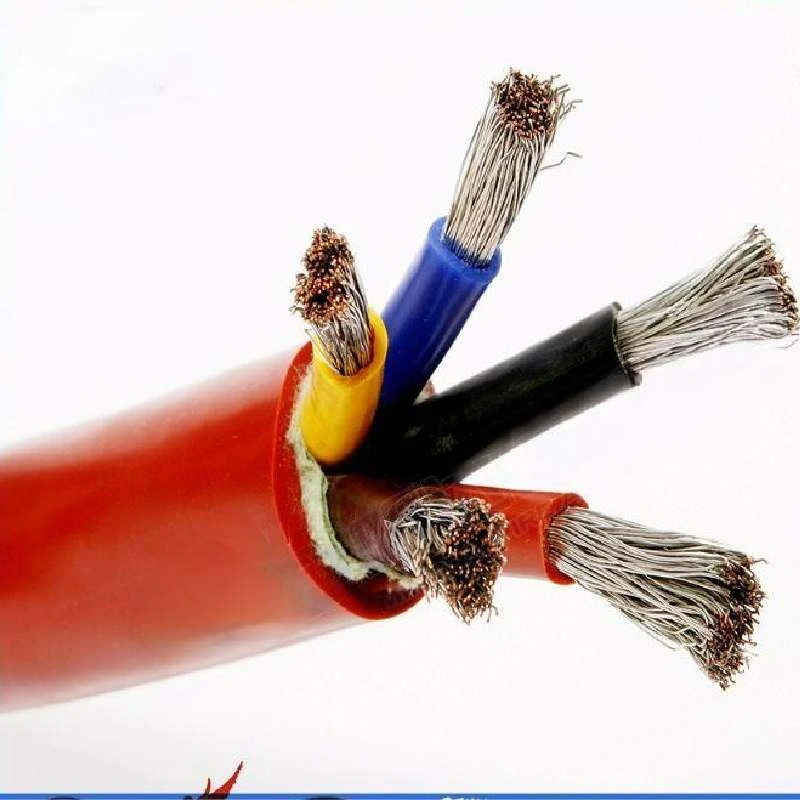Nov . 06, 2024 01:57 Back to list
Flap Check Valve Applications and Benefits in Fluid Control Systems
Understanding Flap Check Valves Functionality and Applications
Flap check valves are critical components in various fluid systems, ensuring the unidirectional flow of fluids while preventing backflow. These devices are essential in maintaining the integrity and efficiency of piping systems, particularly in industries such as water treatment, HVAC, and plumbing. This article explores the functionality, types, applications, and benefits of flap check valves.
What is a Flap Check Valve?
A flap check valve, also known as a swing check valve, is a mechanical device used to allow fluid to flow in one direction. It consists of a valve body and a hinged flap (or disc) that opens with the flow of fluid and closes in the event of reverse flow. The design relies on gravity and fluid dynamics to function, making it a passive device that requires no external power source.
How Does It Work?
The operation of a flap check valve is straightforward. When fluid flows in the designated direction, the pressure pushes the flap open, allowing the fluid to pass through. As the flow decreases or reverses, the flap is pushed back by gravity or fluid pressure, sealing the valve and preventing backflow. This action is essential for protecting pumps, compressors, and other equipment from the damaging effects of reverse flow.
Types of Flap Check Valves
Several types of flap check valves are available, each designed to cater to specific applications and requirements
. The most common types include1. Swing Check Valves These are the traditional flap check valves that use a swinging disc to control fluid flow. They are widely used in various applications due to their simplicity and effectiveness.
2. Lift Check Valves Unlike swing check valves, lift check valves feature a disc that moves vertically rather than swinging. This design can provide quicker response times and is often used in high-pressure systems.
3. Dual Plate Check Valves These valves have two discs that open together, allowing for a lower pressure drop and improved flow characteristics. They are often used in larger piping systems where efficiency is critical.
Applications of Flap Check Valves
Flap check valves are versatile and can be found in numerous applications across various industries
flap check valve

- Water Treatment Facilities Used to prevent backflow in water distribution systems, protecting the supply and maintaining water quality.
- HVAC Systems Ensures that hot or chilled water flows in the correct direction, preventing cross-contamination and improving system efficiency.
- Manufacturing Plants Often employed in process piping to maintain the proper flow direction of fluids and protect machinery from damage.
- Marine Applications Utilized in both freshwater and seawater systems to prevent backflow and maintain operational integrity.
Benefits of Flap Check Valves
The use of flap check valves offers numerous advantages, including
- Simplicity Their straightforward design makes them easy to install and maintain.
- Reliability They provide dependable protection against backflow, minimizing the risk of system failure.
- Cost-Effectiveness Flap check valves are generally affordable and can significantly reduce maintenance costs associated with equipment damage from backflow.
- Versatility Suitable for various fluid types, temperatures, and pressures, making them ideal for diverse industrial applications.
Conclusion
Flap check valves play an indispensable role in fluid systems, ensuring unidirectional flow and protecting against backflow. Their unique design and functionality make them suitable for a wide range of applications, from water treatment to industrial processes. As industries continue to evolve, the importance of reliable flow control devices like flap check valves will only increase, highlighting the need for proper selection and maintenance to enhance system performance and longevity.
Share
-
Reliable Wafer Type Butterfly Valves for Every IndustryNewsJul.25,2025
-
Reliable Flow Control Begins with the Right Ball Check ValveNewsJul.25,2025
-
Precision Flow Control Starts with Quality ValvesNewsJul.25,2025
-
Industrial Flow Control ReliabilityNewsJul.25,2025
-
Engineered for Efficiency Gate Valves That Power Industrial PerformanceNewsJul.25,2025
-
Empowering Infrastructure Through Quality ManufacturingNewsJul.25,2025